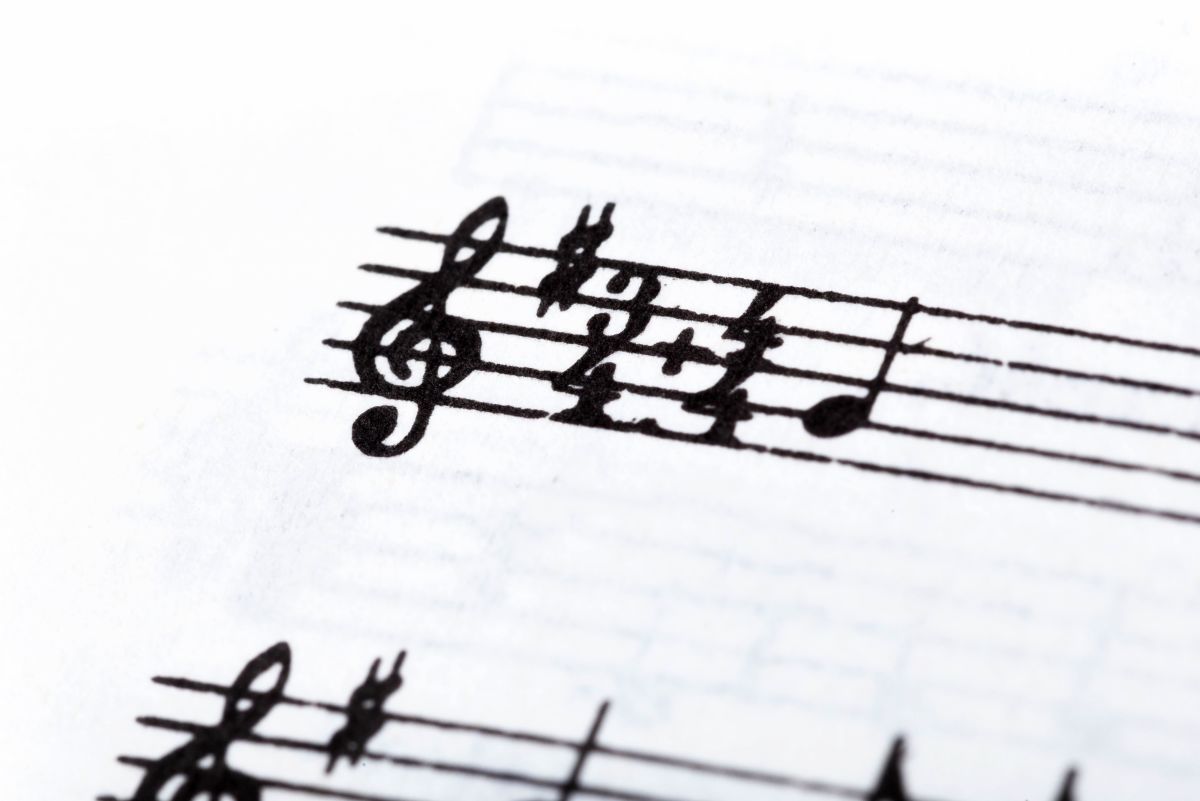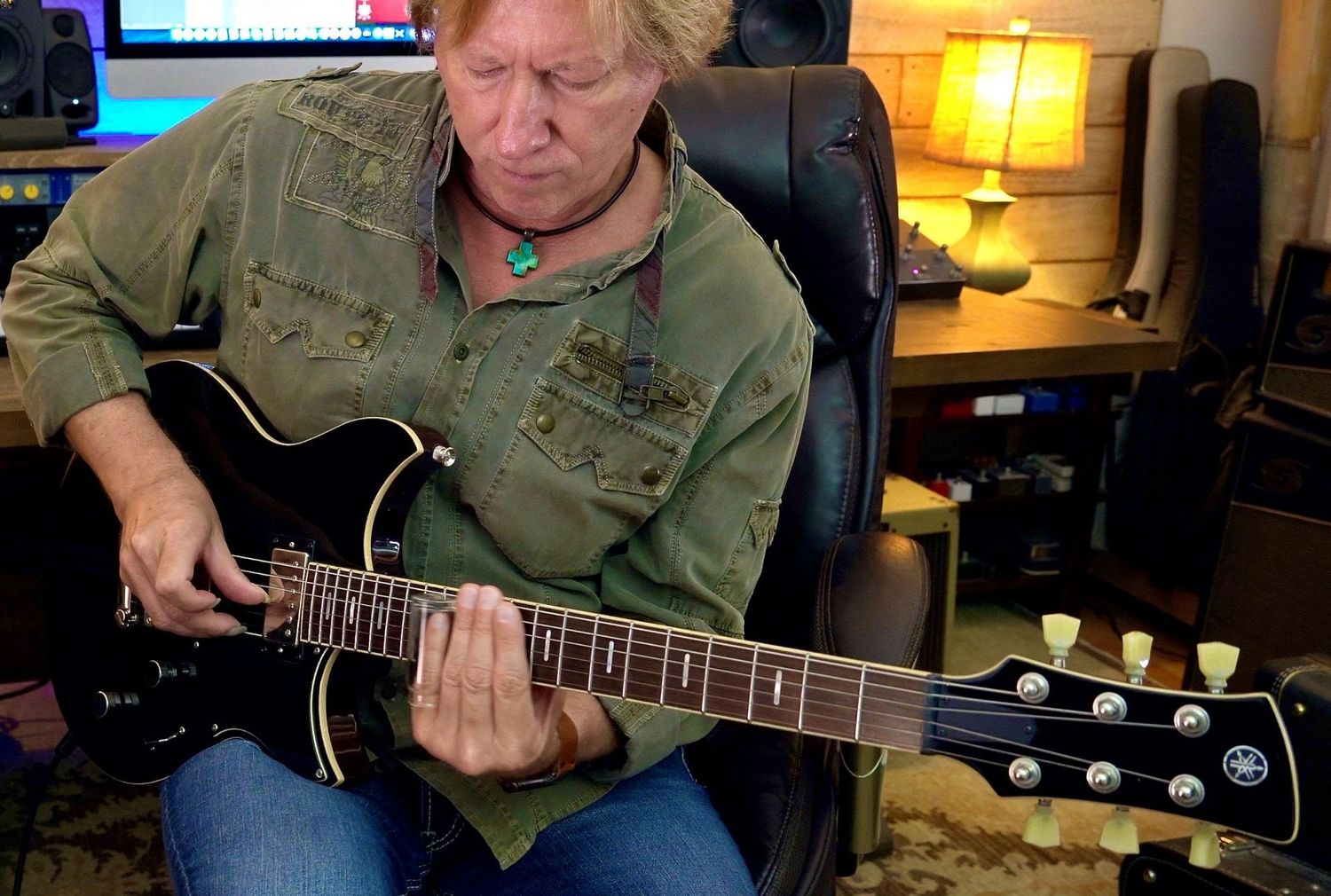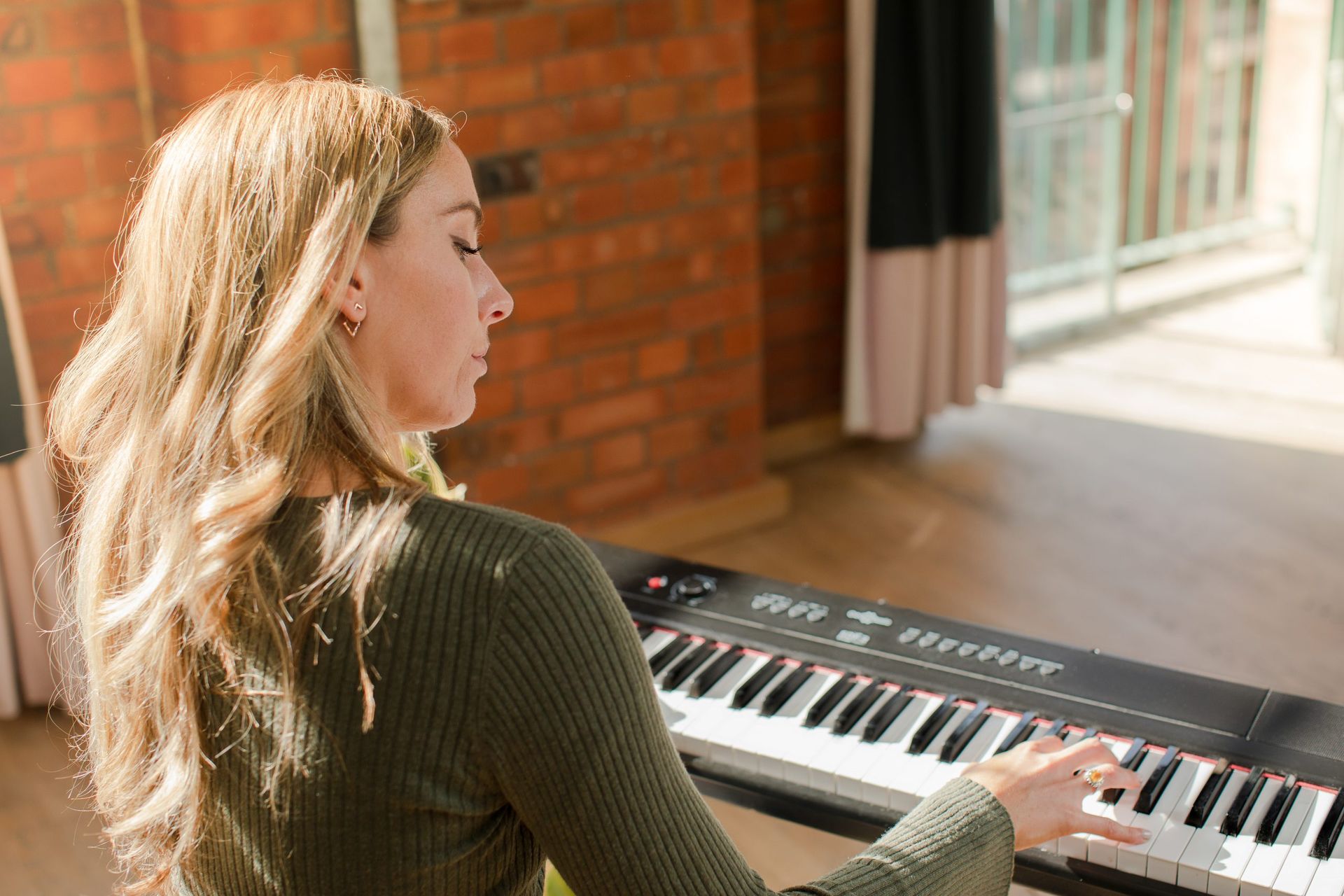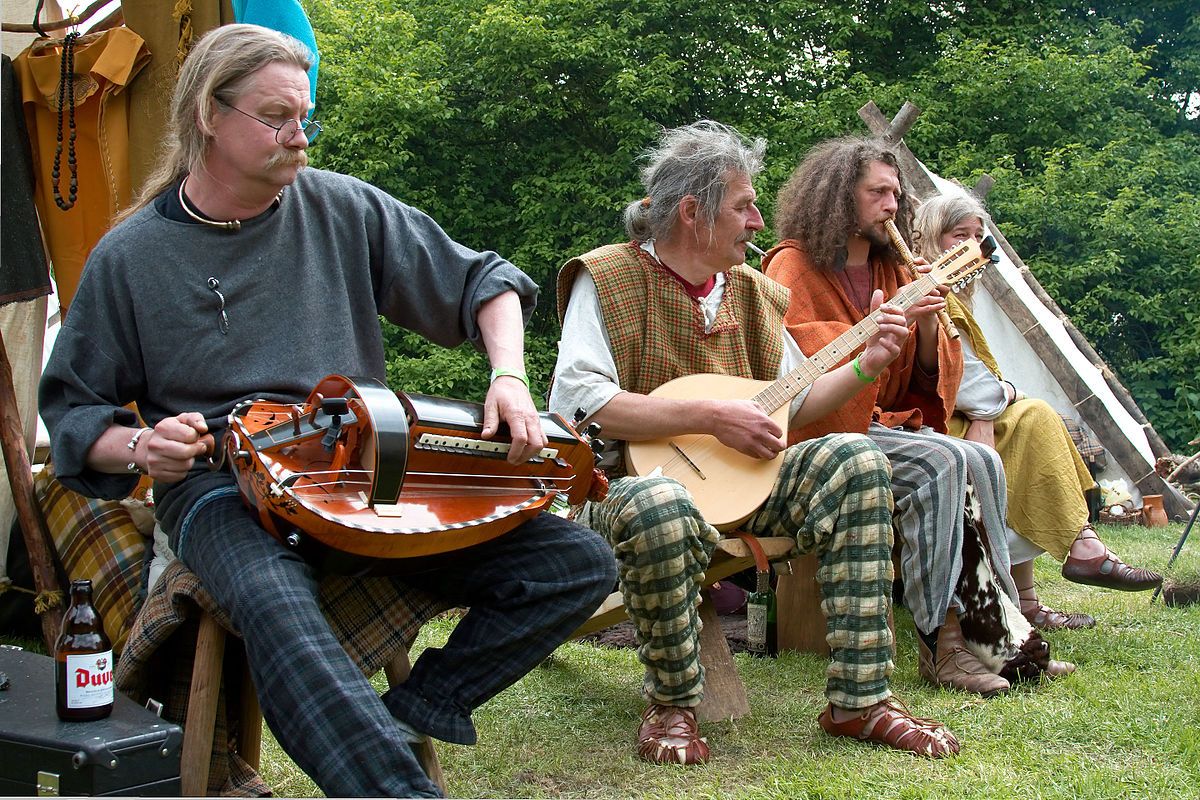Home>Production & Technology>Tempo>What Can Different Tempo Mean In Music
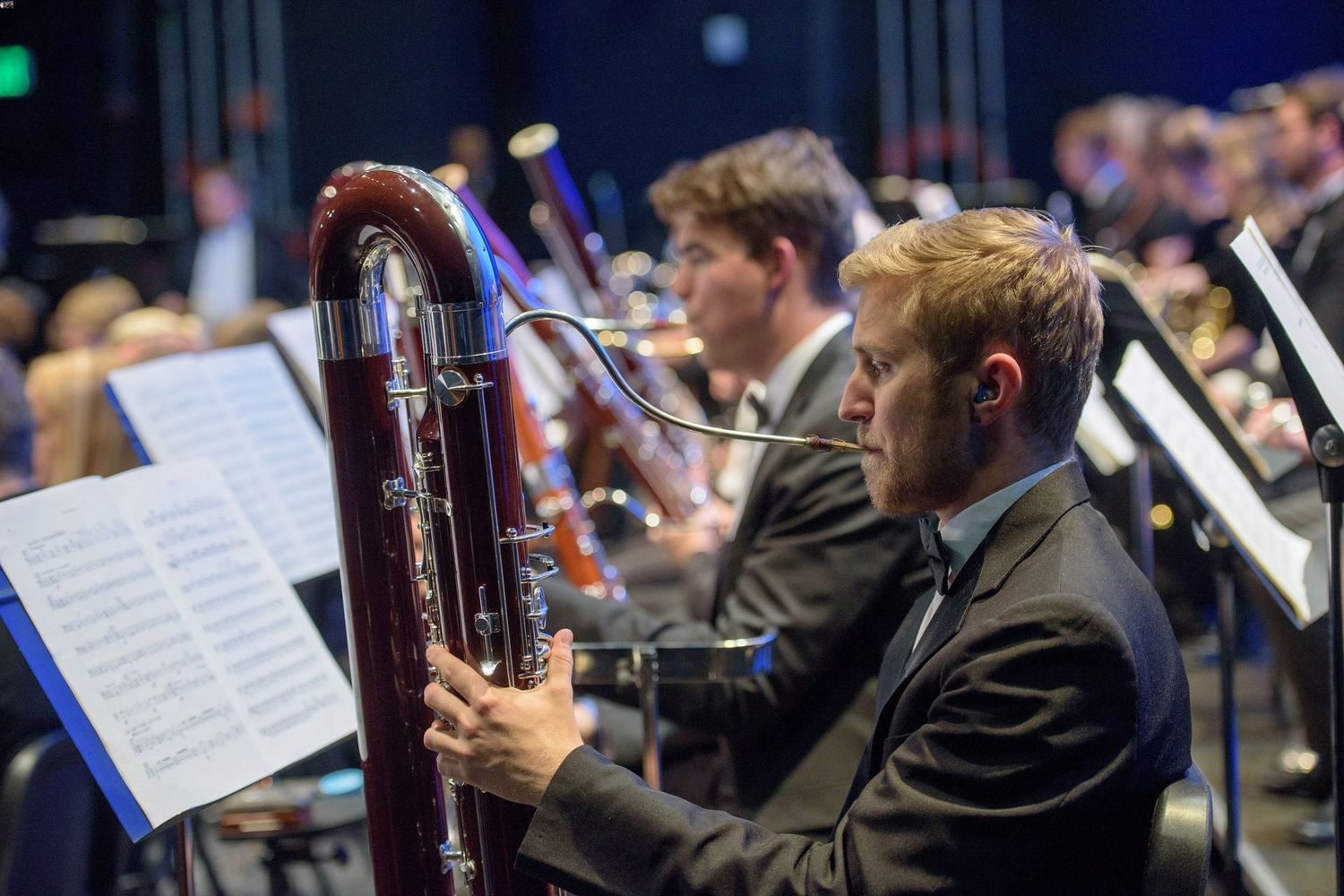

Tempo
What Can Different Tempo Mean In Music
Modified: January 22, 2024
Discover the significance of tempo in music and how it affects the mood and overall feel of a composition. Uncover the various meanings behind different tempos and their impact on the listener.
(Many of the links in this article redirect to a specific reviewed product. Your purchase of these products through affiliate links helps to generate commission for AudioLover.com, at no extra cost. Learn more)
Table of Contents
Introduction
Music is a universal language that evokes emotions and connects people from all walks of life. One of the key elements that contribute to the mood and energy of a piece of music is tempo. Tempo refers to the speed or pace at which a musical composition is performed. It can vary from fast and energetic to slow and tranquil, creating different emotional and sensory experiences for the listener.
Understanding the impact of tempo on music is essential for musicians, composers, and music enthusiasts. In this article, we will explore the different tempos in music and their effects on the overall musical experience. We will delve into the nuances of fast, slow, and moderate tempos, as well as the variations and expressive interpretations of tempo in music.
Whether you’re a musician looking to convey a specific mood, a music lover wanting to deepen your appreciation, or an SEO expert aiming to optimize content, understanding the role of tempo in music is crucial. So, let’s dive into the enchanting world of tempo and explore how different tempos can evoke a myriad of emotions and capture the essence of a musical composition.
Tempo Definition
Tempo is a fundamental aspect of music that determines the speed or pace at which a piece of music is performed. It serves as a musical guide, providing a sense of rhythm and structure. Tempo is typically indicated at the beginning of a musical composition and is denoted by Italian terms or metronome markings.
Italian terms are commonly used to indicate tempo, such as Allegro (fast), Adagio (slow), Andante (moderate), and Presto (very fast). These terms provide a general indication of the desired tempo, but they can be interpreted differently by different musicians or composers.
Metronome markings, on the other hand, provide a specific number value that represents the number of beats per minute (BPM). The metronome is a device that produces a regular ticking sound or flashing light at a set tempo, allowing musicians to accurately maintain the desired speed of a composition.
It is important to note that tempo is not the same as a time signature. While tempo refers to the speed, time signature identifies the organization of beats and measures in a musical composition. For example, a time signature of 4/4 indicates four beats per measure, while the tempo can vary within that time signature.
Tempo plays a vital role in shaping the character and emotional impact of a musical piece. It sets the mood and guides the listener through various musical phrases and sections. The tempo choice is a creative decision made by the composer, and it has a profound influence on the overall musical experience.
Now that we understand the basic definition of tempo, let’s explore the different types of tempo and their specific characteristics.
Fast Tempo
Fast tempo in music is characterized by a rapid pace and high energy. It creates a sense of excitement, urgency, and exhilaration. Fast tempo compositions are often associated with genres like rock, techno, and dance music, where the energetic rhythm drives the music forward.
When a piece of music is performed at a fast tempo, it can have various effects on the listener. It can induce feelings of motivation, adrenaline, and a sense of urgency. Fast tempo music is often used to heighten tension and create a sense of exhilaration in action-packed movie scenes or intense sports events.
From a technical standpoint, fast tempo requires a high level of skill and coordination from the musicians. It demands quick reflexes, precise timing, and agility. Fast-paced melodies, intricate rhythms, and rapid instrumental passages are common features of music with a fast tempo.
Fast tempo music is not just limited to intense and high-energy genres. It can also be found in classical compositions, such as presto movements in symphonies or fast-paced sections in concertos. These compositions showcase the technical virtuosity of the performers and create an electrifying atmosphere.
Despite the high energy and intensity of fast tempo music, it is important to strike a balance and not overwhelm the listener. Skillful musicians and composers carefully introduce dynamics, phrasing, and contrasting elements to provide moments of relief and ensure an enjoyable listening experience.
In summary, fast tempo music is characterized by its rapid pace, high energy, and ability to evoke excitement and adrenaline. Whether it’s driving rock anthems or lightning-fast classical compositions, fast tempo music has the power to captivate and energize listeners.
Slow Tempo
Slow tempo in music is characterized by a relaxed and leisurely pace. It creates a sense of calmness, tranquility, and introspection. Slow tempo compositions are often associated with genres such as ballads, jazz, and ambient music, where the emphasis is on creating a peaceful and contemplative atmosphere.
When a piece of music is performed at a slow tempo, it can have a profound impact on the listener’s emotions. It encourages relaxation, mindfulness, and deep emotional connection. Slow tempo music is often used in meditation, relaxation sessions, and therapy to induce a state of calmness and help reduce stress.
From a musical perspective, slow tempo allows for extended note durations, creating a sense of spaciousness and allowing the listener to fully absorb the rich textures and harmonies. It also allows for more expressive and emotive performances, with singers and instrumentalists able to explore the nuances and subtleties of the music.
Slow tempo compositions can be found in a variety of genres, ranging from classical symphonies with adagio movements to soulful ballads in popular music. These compositions tend to focus on lyrical melodies, expressive phrasing, and heartfelt performances, eliciting a deep emotional response from the listener.
While slow tempo music is often associated with relaxation and introspection, it is important to note that it can also convey a sense of melancholy, longing, or nostalgia. The slow pace allows for introspection and contemplation of complex emotions, making slow tempo music a powerful tool for self-reflection and emotional connection.
In summary, slow tempo music creates a serene and reflective atmosphere, allowing listeners to immerse themselves in the beauty of the melodies and explore their emotions. Whether it’s a heartfelt ballad or a soothing instrumental composition, slow tempo music has the ability to evoke deep feelings of peace and introspection.
Moderate Tempo
Moderate tempo in music falls between the extremes of fast and slow tempos. It provides a balanced and steady pace that is neither too fast nor too slow. Moderate tempo compositions can be found across various genres and musical styles, offering a versatile range of emotions and expressions.
When a piece of music is performed at a moderate tempo, it establishes a sense of stability, allowing the listener to comfortably connect with the music. Moderate tempos are often associated with genres such as pop, folk, and jazz, where the focus is on melodic hooks, relatable lyrics, and catchy rhythms.
Moderate tempo music offers a diverse range of emotions and atmospheres. It can be uplifting, conveying a sense of joy, positivity, and groove. It can also be introspective, evoking feelings of nostalgia, contemplation, and introspection. The moderate pace allows for a fluid musical flow and gives performers the freedom to inject their own artistic interpretations.
In the realm of classical music, moderate tempos are commonly encountered in compositions like symphonies, sonatas, and concertos. These pieces often feature balanced melodies, intricate harmonies, and expressive phrasing, capturing a wide array of emotions and showcasing the musicians’ technical abilities.
One of the advantages of moderate tempo music is its accessibility. It appeals to a wide range of listeners, from casual music enthusiasts to avid musicians, making it perfect for radio play, background music, and social gatherings. The versatility of moderate tempo compositions makes them a popular choice for commercial success.
It is worth mentioning that moderate tempo music can also serve as a transitional element within a larger musical composition. It can provide a smooth transition from fast-paced sections to slower passages, creating a natural flow and allowing the listener to adapt to different emotional landscapes.
In summary, moderate tempo music strikes a balance between fast and slow, offering a versatile range of emotions and expressions. Whether it’s catchy pop tunes, serene folk melodies, or emotionally rich classical compositions, moderate tempo music provides a comfortable and enjoyable listening experience for a wide range of audiences.
Tempo Variations in Music
While tempo is typically thought of as a fixed speed for a musical composition, variations in tempo can add depth, interest, and complexity to the music. These tempo variations can be intentional and artistic choices made by composers and performers to create dynamic and engaging musical experiences.
One common tempo variation is the use of accelerando and ritardando. Accelerando (meaning “getting faster” in Italian) is when the tempo gradually increases, adding a sense of excitement and building momentum. Ritardando (meaning “slowing down” in Italian) is the opposite, with the tempo gradually decreasing, creating a sense of relaxation or a moment of reflection within a piece.
Another tempo variation is rubato, a concept often used in classical and jazz music. Rubato allows the performer to deviate from the strict tempo, adding expressive freedom and personal interpretation to the music. This can involve slight fluctuations in tempo, creating a sense of elasticity and emotion in the performance.
Tempo can also vary within a piece of music through the use of contrasting sections. This is common in many musical genres, including classical, rock, and jazz. For example, a piece may start with a fast tempo section, followed by a slower tempo section, and then return to a faster tempo. These changes in tempo create musical tension, contrast, and a sense of journey within the composition.
Additionally, composers and performers may utilize sudden changes in tempo, known as tempo shifts, to create dramatic effects. These shifts can surprise the listener, alter the mood of the music, or emphasize specific musical moments. They can range from subtle and gradual transitions to abrupt and drastic changes, depending on the desired artistic intent.
Tempo variations in music not only showcase the creativity and skills of composers and performers but also engage the listener by adding complexity and emotional depth to the musical experience. They keep the audience on their toes, heighten anticipation, and bring the music to life in unexpected and captivating ways.
It’s important to note that tempo variations should be executed with care and intention, ensuring that they serve the overall musical narrative and enhance the listener’s engagement. When used effectively, tempo variations can elevate a musical composition and create a lasting impact on the listener.
Expressive Interpretation of Tempo
Tempo in music is not always strictly dictated by a metronome marking or an Italian term. It is often subject to an expressive interpretation by the performer, allowing for a more personal and emotional connection to the music. This expressive interpretation of tempo adds a unique and human touch to the performance, making it more engaging and captivating for the listener.
When a musician interprets tempo expressively, they may deviate from the strict tempo indications to convey specific emotions or musical intentions. This can involve slight fluctuations in speed, subtle changes in pacing, or deliberate pauses to create tension and release within the music. Through this interpretation, the performer can shape the mood and narrative of the composition, bringing it to life in a truly individual way.
In classical music, performers often adhere to the markings and intentions of the composer to maintain accuracy and authenticity. However, within those parameters, they have the freedom to infuse their own emotional expression. This can involve elongating or shortening notes, adding subtle rubato, or emphasizing certain phrasing to highlight certain musical ideas or evoke a desired mood.
Expressive interpretation of tempo is also prominent in jazz and improvisational music. Musicians in these genres thrive on the spontaneity and freedom to bend and stretch the tempo to create unique and improvised melodies. This allows for a more organic and interactive musical experience, where the tempo becomes a flexible canvas for innovation and artistic expression.
Furthermore, the expressive interpretation of tempo can be influenced by cultural and regional musical traditions. Different cultures and styles of music may have their own distinct tempo nuances and interpretations. For example, traditional African music often features syncopated rhythms and fluctuating tempos that reflect the vibrant and rich cultural heritage.
The expressive interpretation of tempo is not only limited to live performances but can also be captured in studio recordings. Musicians have the opportunity to experiment with different tempos, rubato, and expressive nuances during the recording process, allowing for a more nuanced and emotionally engaging final product.
Ultimately, the expressive interpretation of tempo allows musicians to connect with the music on a deeper level and imbue it with their own unique personality and emotion. It adds a layer of artistic interpretation and human touch that can elevate a performance and create a lasting impact on the listener.
Conclusion
Tempo is a fundamental element of music that significantly influences the mood, energy, and overall musical experience. Whether it’s a fast tempo that exhilarates and energizes, a slow tempo that brings peace and introspection, or a moderate tempo that balances between the two, understanding the impact of tempo on music is crucial for both musicians and music enthusiasts.
We explored the different meanings and effects of tempo in music, recognizing that tempo is not merely a fixed speed, but also subject to expressive interpretation. Through tempo variations, such as accelerando, ritardando, rubato, and shifts in tempo, musicians can add depth, emotion, and artistry to their performances. These variations create musical tension, guide the listener through contrasting sections, and allow for personal expression and interpretation.
The expressive interpretation of tempo brings a human touch to the music, allowing musicians to connect with the audience on a deeper level. Whether it’s following the composer’s intentions or infusing their own emotions and cultural influences, this interpretation adds a unique and captivating element to the performance.
In conclusion, tempo is more than just a metronome marking or an Italian term. It is a creative tool that shapes the character, mood, and narrative of a musical composition. Understanding the different tempos and their effects is essential for musicians to convey their intended emotions, and for music enthusiasts to fully appreciate the nuances and depth of a musical piece.
So next time you listen to your favorite song or perform a piece of music, pay attention to the tempo and how it influences your emotional response. Let the fast tempo energize you, the slow tempo calm you, and the moderate tempo keep you in balance. Tempo, with all its variations and expressive possibilities, adds color and life to the beautiful world of music.



